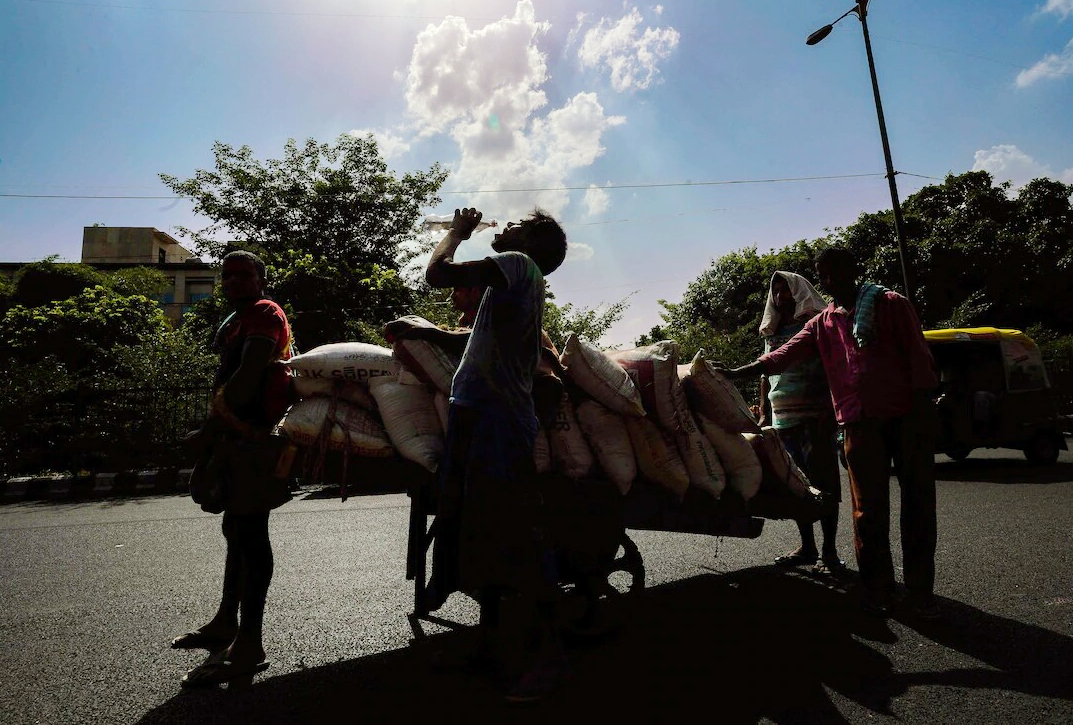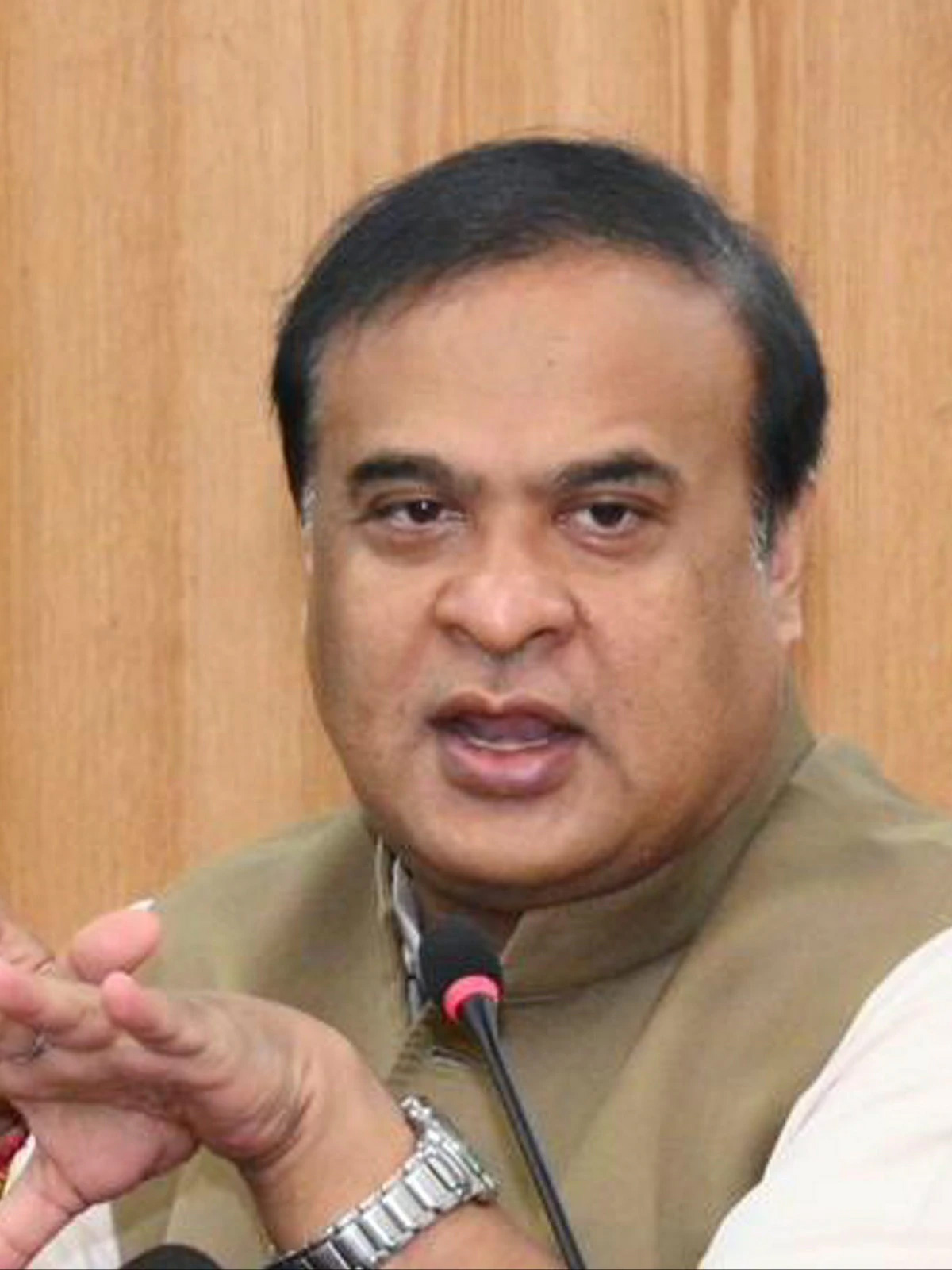The current heatwave seems to have far overtaken the ongoing Lok Sabha election wave with political combinations such as the NDA and the INDIA are increasingly uncertain about their positions as the heatwave is certain to have an impact on the participation of voters in the election process
 KRC TIMES Desk
KRC TIMES Desk

Nantoo Banerjee
The current heatwave seems to have far overtaken the ongoing Lok Sabha election wave with political combinations such as the NDA and the INDIA are increasingly uncertain about their positions as the heatwave is certain to have an impact on the participation of voters in the election process. Nearly a month-and-a-half-long gruelling election schedule from April 19 to June 1 will go through the hottest recorded summer season this year with day temperatures already soaring above 40 degrees Celsius in several parts of the country.
The India Meteorological Department has predicted a scorching summer this year. Most of India is expected to suffer from above normal day and night time temperatures along with heatwaves during the April-May-June quarter, according to the IMD’s latest seasonal outlook. The biggest bulk of parliamentary seats went to polls on April 19 when the maximum day temperature in most parts of central and eastern India topped the 41 degrees Celsius mark. The voter turnout was less than 63 percent as against 67 percent recorded in the 2019 parliamentary election.
The last parliamentary election too witnessed uncomfortably hot weather with occasional thunderstorms in some parts of the country bringing a temporary relief. However, the current season has so far been the worst. According to the IMD, heatwave conditions prevail when the maximum temperature of a place crosses 40 degrees Celsius for the plains and are above normal by 4.5 degrees C. For coastal areas, the threshold limit is 37 degrees C. And, for hills, it is 30 degrees C. The 2019 parliamentary election, held from April 11 to May 19, recorded the highest ever voter turnout. The Bharatiya Janata Party (BJP) received 37.36 percent of the votes cast to win 303 seats. The BJP-led National Democratic Alliance (NDA) had won 353 seats. However, the current heatwave may spoil the NDA’s party this time if the voter turnout drops by six to seven percent due to the unbearable heat conditions.
The NDA-ruled Bihar witnessed the lowest turnout on April 19. It was only 48.8 percent to a great concern of both the NDA and the Congress-led 41-party Indian National Developmental Inclusive Alliance (INDIA). At Uttarakhand, less than 60 percent listed electors cast their votes. Chief Minister Yogi Adityanath’s Uttar Pradesh, projected to be the BJP’s biggest vote bank, witnessed less than 59 percent voting. The voter turnout at NDA-run Maharashtra was even worse at 55.35 percent. The first phase of polling covered the largest chunk of 102 Lok Sabha seats across 21 states and union territories. The current heatwave seems to have much to do with lower voter turnout at election booths. If the heatwaves continue for long, they can unsettle the poll projections of several political parties, including BJP’s. It is difficult to explain why the BJP and the Election Commission decided to delay the election schedule and, then, prolong it through June 1, totally ignoring the IMD’s heatwave forecast and its impact on electorates.
Incidentally, the IMD’s heatwave forecast does not take into account the relative humidity part. The common man may be already experiencing temperatures close to limits of human survivability without even being aware. The IMD has warned of a sweltering summer with more than usual heatwave days in this session. It said during April, this year, above normal heatwave days are likely over many parts of the southern peninsula, adjoining northwest central India, parts of eastern India, and plains of northwest India. IMD had forecast Gujarat, central Maharashtra, north Karnataka, Rajasthan, Madhya Pradesh, north Chhattisgarh, Odisha and Andhra Pradesh as most heatwave prone areas. Prolonged periods of extreme heat need to be dealt with policy changes. It remains a mystery around how these factors were totally ignored by the government and the election commission while fixing this year’s general election schedule.
Paradoxically, a noticeable drop in voters’ turnout may adversely affect the seat-winning targets of both the BJP and NDA more than their other political opponents. Going by the various independent election surveys and opinion polls conducted before the election process started on April, 19, the anti-incumbency sentiment against the BJP and the NDA is strong among voters in cities and urban centres in most parts of the country. The BJP will require a record voter turnout across the country to foil the sentiment. As of now, the situation is nowhere near the voting targets envisaged by most political parties, including the BJP and the Congress. The NDA’s target of grabbing 400 parliament seats looks pretty remote at this stage. That may give the Congress party an opportunity to reach close to 100 seats as most pre-poll surveys had indicated. In the 2019 election, the Indian National Congress had won only 52 seats.
The heatwaves have led to a big drop in the country’s hydroelectric output and power supply at a time when it is in peak demand. A recent analysis showed that the country’s hydropower output fell at the steepest pace in nearly 40 years at the end of last month. Several parts of the country are witnessing power cuts, leading to water scarcity bringing down farm output and making people fall ill. The cases of heat stroke mortalities are common during the season. Prices of vegetables and other agri-products are shooting up. The government is facing a rap although it has no role to play in the current heatwave. Ideally, the general election in India should be held in the months of January and February, when the public sentiment starts to feel better about the economy and environment. The number of voters listed for the current parliamentary election is around 96.9 crore. It would be wrong to ignore the plight of the electorates by fixing the poll schedule during the country’s hottest summer months.






